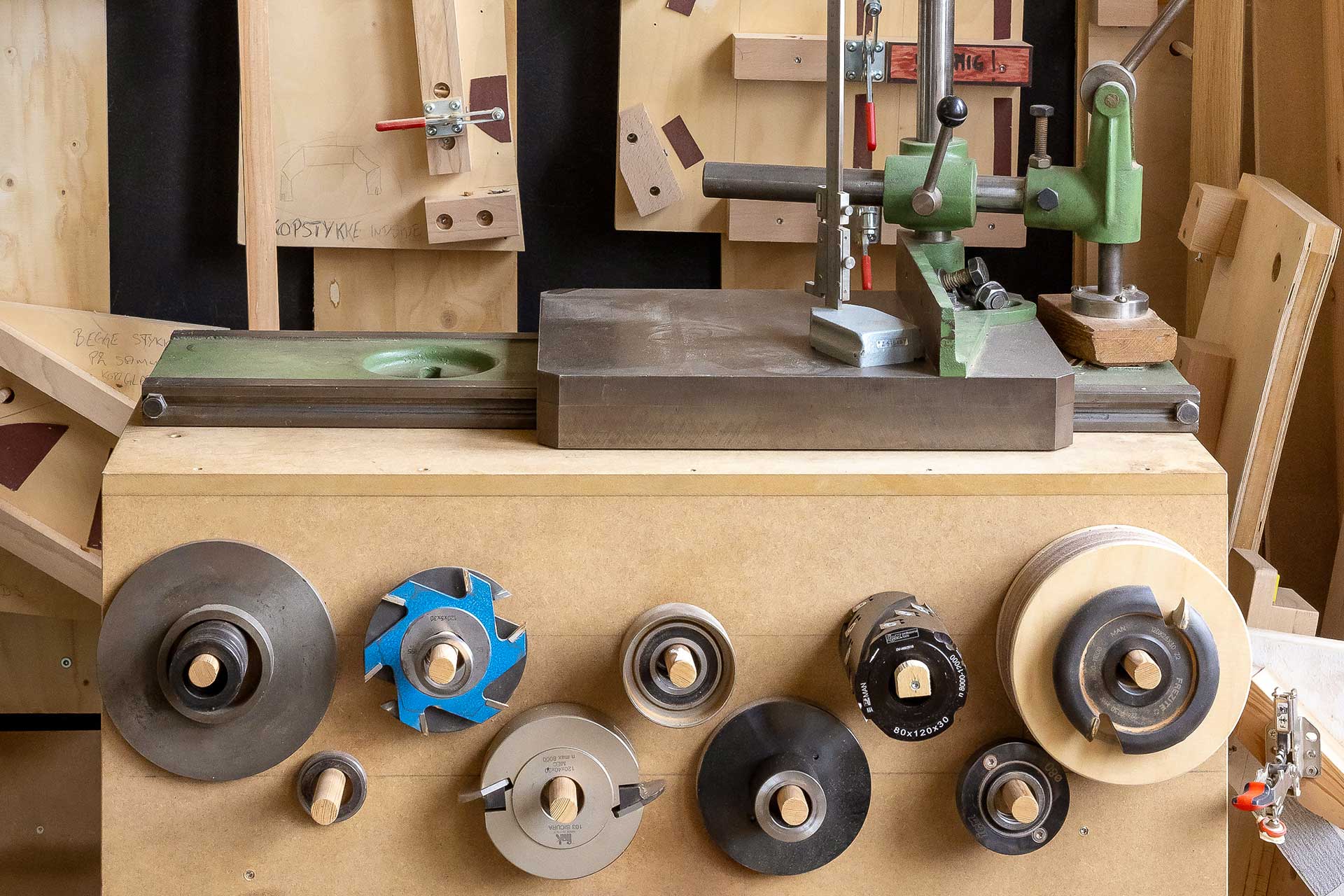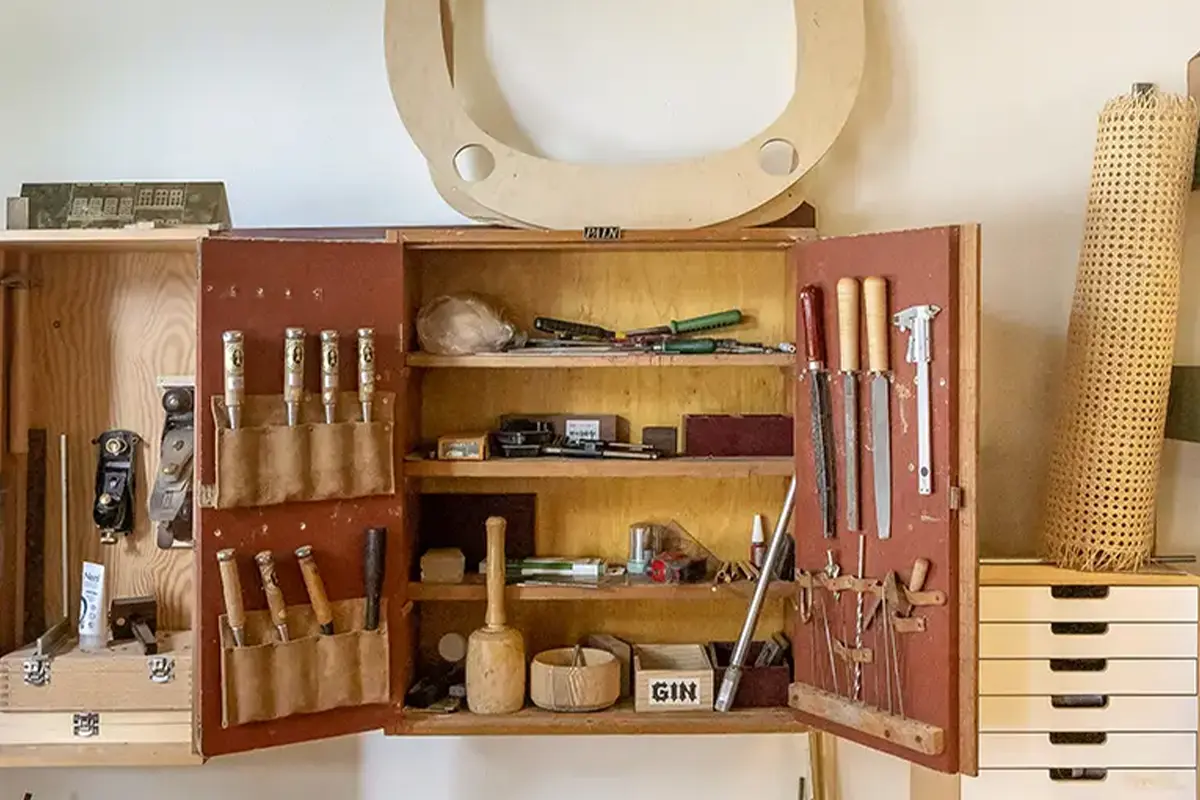Skari Svarre, founder of A. Petersen on how consumers need to relearn how to approach and appreciate long-lasting goods
Supply chain management: what changed after the pandemic
After the year 2020 contributed to worldwide supply chain disruption, political tension and growing climate concern, many countries have suffered the increasing pressure of the global market. Adaptability, speed and short-term profit have resigned from primary concerns of the business environment. The historic events of the past two years reminded the world that these qualities are subordinate to the ability to persevere and rebound from or operate through lockdowns. Today, resistance is an imperative quality for any company’s total value, where education, health care and income equality weigh in consideration of the quality of life of the state at issue.
In this year’s index, according to the Supply Chain Management review, Denmark tops the chart in the ranking of the most economically resilient countries and territories. The Scandinavian nation rises from third in last year’s index to its first-ever top ranking, bumping Norway, now second place. When the European Commission approved Denmark’s recovery and resilience plan to support the green transition, 1.5 billion euros were allocated to speed up Denmark decarbonization and energy-related objectives, with measures supporting environmentally-friendly economic plans, biodiversity and technological solutions. As far as the workforce is concerned, the plan addresses supporting small and medium-sized enterprises and investing in digitalization, extending rural broadband coverage and pursuing digitalization of the healthcare sector. All these measures were set to contribute to smart, sustainable, and inclusive growth. All are focused on the objective of a well-functioning internal market where resources are provided within the state’s borders, and the economy is mainly relying on the small supply chain system.
Lampoon reporting – A. Petersen
Factories on this track provide their own materials in complete autonomy, producing their products following the demand and thus without the need to store excess material that has to be sold cheaply afterwards. There’s a big concern about organic food in Scandinavian countries in general, where there has been a noticeable change in the productivity of organic farming in recent years. Even the fashion industry is looking for more reliable ways in terms of how the products are made; the same is happening for the world of designer furniture. In the desire to know more about the subject, the research expanded on a deeper level in a conversation with Kari Svarre from A. Petersen.
The Danish company, founded in 2014, started by renovating and selling Danish vintage furniture using the work of their craftspeople, subsequently gaining international attention from visitors who wanted to see newer goods made in Denmark as well as from designers who wanted to put their designs into production. These two desires made the company consider making a furniture design line of their own. «We created our design line with the self-made obstacle that we wanted it to be entirely crafted in Denmark and produced locally, trying to work together with local craftspeople», specifies Svarre. Establishing an in-land manufacturing chain started with the idea of looking for the right collaborators.
«The point is for us to be looking not only for someone who only produces for the furniture industry but looking a bit broader in the sense that it might be someone that can be skilled in bending steel for example, that might as well be producing for another field», continued Svarre. The work from A. Petersen typically consists of producing small batches of a certain design. Only when the dealer asks for more volume, they go to their collaborators outside the house in order to streamline the design process.
The concept and realization of Modul
The brand values sustainability and environmentally conscious designs among its principles: the Modul chair and sofa set is the definition of the two. Svarre explained that it took more than a year before getting to the last prototype to put into production. Designed by Chris L. Halstrøm, this piece consists of an oak frame, with the seats fully covered with upholstered fabric or eelgrass fillings for cushions. In the old days, eelgrass was used as a material for stuffing mattresses so today it can be conceived as a sustainable alternative to foam as well as being locally sourced. The gathering of eelgrass previously involved the islands of Møn, Lolland and Falster, among others, where local farmers used to collect the ones stranded on the beach. Today, A. Petersen is collaborating with, and taking their mattresses from, Søuld, another Danish company which compresses and shapes the eelgrass into insulation, acoustic panels and eelgrass mattresses. This choice has given A. Petersen the opportunity to explore the material’s possibilities beyond the concept of regular building construction.
Embracing the passing of time is a sign we’re moving forward
In the era of FMCG – fast-moving consumer goods – where products are made with non-durable low-quality materials and are sold quickly at a relatively low cost, A. Petersen is persevering in a hostile environment. Despite this phenomenon playing a huge part in our economic system, there has been a recent shift in consumer purchase behavior toward sustaining local businesses due to a rising awareness of the environmental impact of mass production. «One of our main concerns is that we wanted to make furniture that lasts a lifetime, so it’s possible to repair. This is the importance of reupholstering, that makes people who buy aware of the quality of the materials and the work. If you know that craftspeople have put in a great deal into the chair you are sitting on, then you are more likely to take more care of it, and you will be able to keep the design longer», explains Svarre while talking about the story they want to build around A. Petersen’s pieces of furniture.
After the design is created, the product comes to life and its very own story is told by sharing it through websites or social media, making the production process more transparent. Consumers need to relearn how to approach and appreciate long-lasting goods around the house so they can start taking care of things instead of disposing of them. «Every leather piece is destined to patinate over time, due to the condition of air and sunlight, as well the wood, that changes color and might get darker over the years. This is what aging is about, and it has to be seen as a positive thing».
A. Petersen
Arts and crafts centre situated in Copenhagen, Denmark. The company took over an entire building to gather a manufacturing workshop that facilitates collaboration between designers, architects and
craftsmen, and offers an exhibition space on the first floor. Their mission is to create furniture that lasts a lifetime using locally sourced materials




















